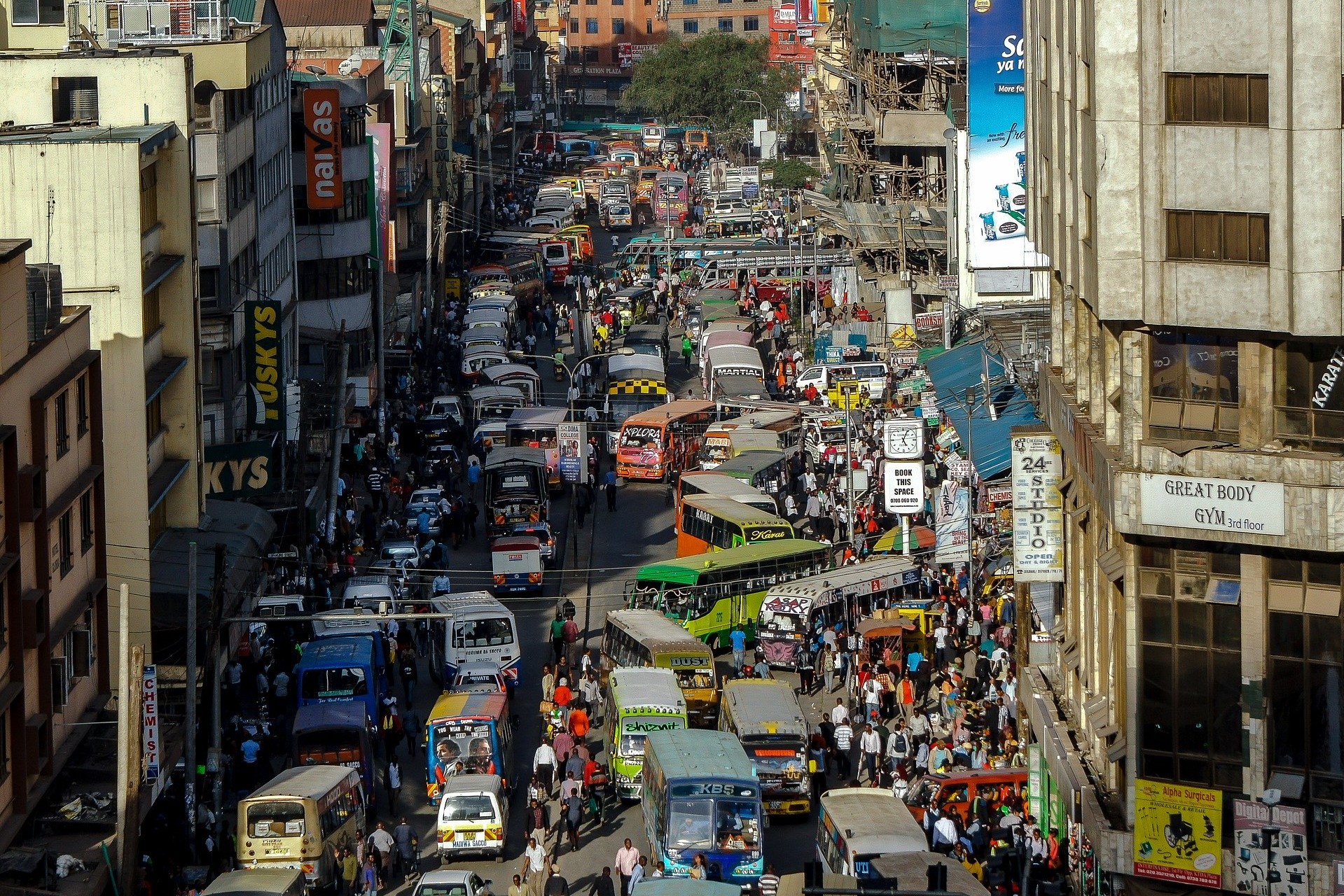
The UN Resolution presents a wider perspective on road safety than previous instruments and commitments. Among other concerns, it connects road safety to the environmental agenda. To get a viewpoint on this aspect of the resolution, we spoke to Carly Gilbert-Patrick, Share the Road Global Programme Lead at the UN Environment Programme.
“Our planet has some really big problems right now: pollution, climate change, the impact of road crashes, lack of social equity in accessing services, and now, to add to it all, COVID-19. Transport is a contributing factor in all of these, and safer roads are one of the solutions.”
Widening the way we think about road safety
“The UN Environment Programme (UNEP) is concerned with the global environmental agenda, and our focus is to improve the quality of life of nations and people without compromising that of future generations. The new UN Resolution on Improving Global Road Safety really strengthens the correlation between the road safety agenda and UNEP’s goals. It widens the way we should think about road safety, setting the overall aim of reducing road deaths and injuries in the context of mobility, sustainability, equity, health, and environment. This has valuable potential for the environment: a gain for road safety, is a gain for us all. The resolution’s timing is supremely relevant to the post-pandemic soul-searching happening in many countries right now around mobility and air quality, and it makes the Stockholm Declaration agreed in February seem almost prophetic.”
Prioritizing walking and cycling
“Especially relevant to my programme within UNEP, Share the Road Programme, is the resolution’s focus on pedestrians and cyclists. It highlights the heightened risk that they face as road users, but also presents them as part of the solution, calling safe walking and cycling “a key element of road safety.”
“The resolution explicitly encourages member states to “adopt, implement, and enforce policies and measures to actively protect and promote pedestrian safety and cycling mobility.” No matter where you live or how you travel, everyone begins and ends each trip as a pedestrian and, globally speaking, car drivers are the minority. Particularly in low- and middle-income countries, most people rely almost exclusively on walking, cycling, and public transport to get where they need to go. Yet, increasing the road space for cars continues to be a priority for investors and governments alike. It is time for policy makers and planners to start investing in infrastructure for the majority: those who walk and cycle. By doing so, they increase the safety, environment, and health benefits for all.”
Reducing poverty and increasing equality
“For most people in developing countries, walking or cycling isn’t a choice, it is a necessity. Too many children are scuttling to school along the edge of raging highways because there are no sidewalks and no alternative routes. Too many cycle taxi drivers are trying to eke a low-carbon living weaving between speeding trucks because they can’t afford a motorized vehicle. Too many gifted people are being excluded from the workplace simply because they cannot get there safely. Focusing on the needs of pedestrians and cyclists speaks to another overarching theme of the resolution: poverty reduction and equitable access to safe, affordable, sustainable ways of getting around. It connects road safety with social equality.
Just as transport is a contributing factor to many challenges, it is also an enabler to help fix them. Transport makes education possible, enables people to get to work and to buy their groceries, and allows them to maintain community bonds. This is a basic human right.
Right from the outset, the resolution sets itself firmly into the context of eradicating poverty and [aligns with] the broader SDG agenda. The last Decade of Action for Road Safety was declared before the SDG agenda came into existence. Here we see a progression that demonstrates that road safety is “integrated and indivisible” to other solutions to poverty, equality, and opportunity.”
Not just for high-income countries
“As low-income countries get richer, those that can afford it generally switch to motorized forms of transport, and all the diseases associated with inactivity increase, as does traffic congestion — leading to more road injuries and fatalities and air pollution. In these countries, we need to help people see walking and cycling as something desirable, not just for “poor people,” and to reverse the trend of unsustainable motorization. Safety is a major factor.
“Sadly, investment in road safety, including walking and cycling infrastructure, is sometimes seen as something that is only realistic for high-income countries. This doesn’t have to be the case. Addis Ababa, Bogotá, and Nairobi are just a few of the cities recognizing the imperative to focus on pedestrians and cyclists to help solve the traffic and pollution crises.”
A role for civil society and NGOs
“The resolution is a really useful tool for NGOs and civil society. It helps to show the links between different fields — environment, road safety, sustainability, and equality — and gives NGOs and civil society groups a stronger mandate for joint lobbying. Together, our voices are always stronger.
“Take advantage of the timing — COVID-19 has sped up progress on walking and cycling: after 10 years of lobbying without results, the pandemic has led to changes in a matter of months. We need to lock these changes in and see that they become permanent. The tide is with us, and we must take advantage of it.”
Read more about Share the Road HERE.